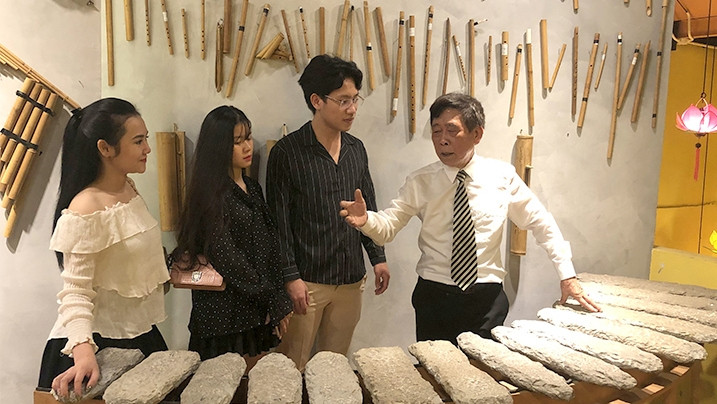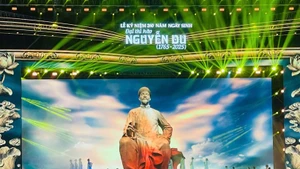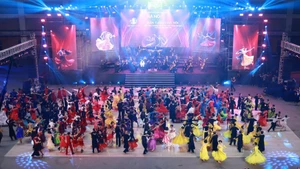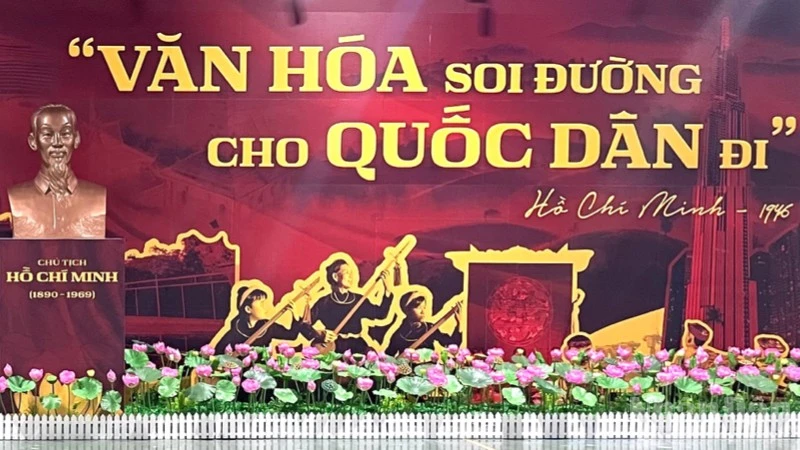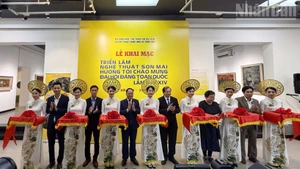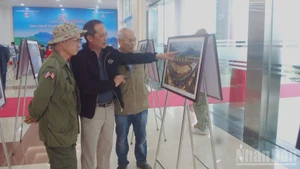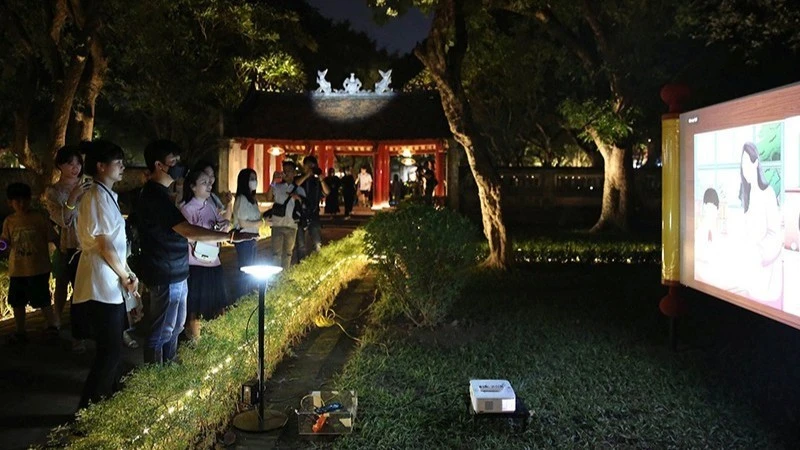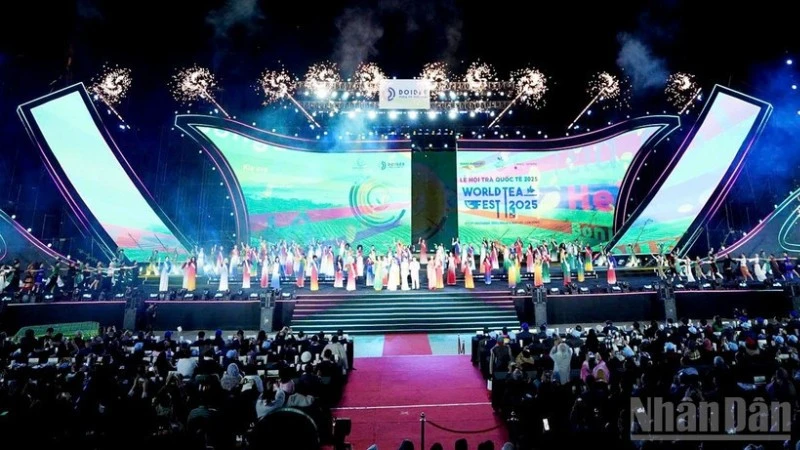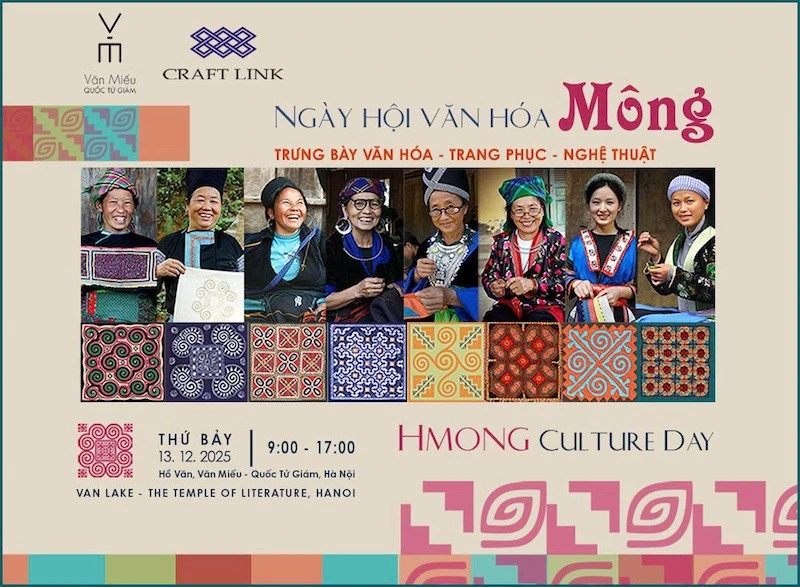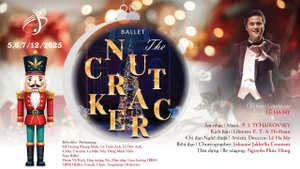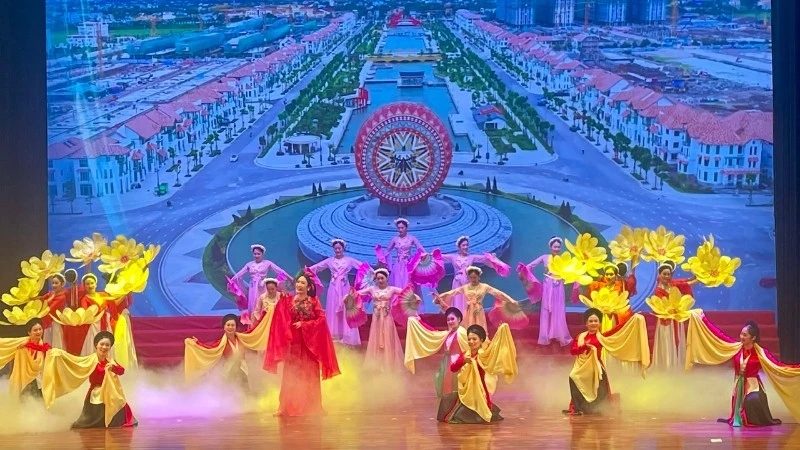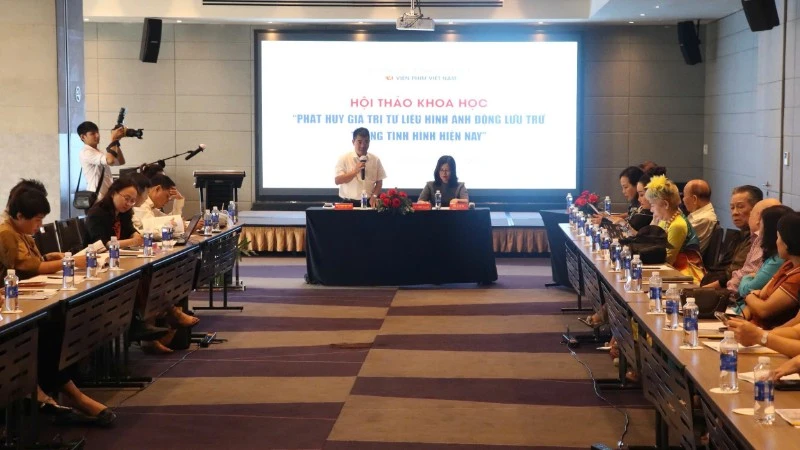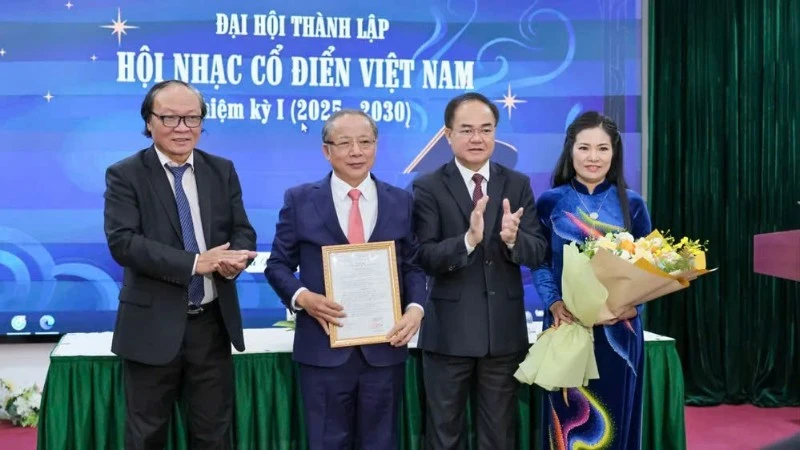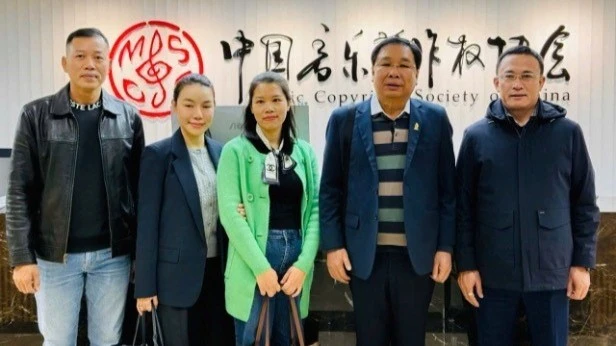A distinct museum of traditional musical instruments
Covering the second and third floors of an ancient house at 56 Ma May street in Hoan Kiem district, Ba Pho’s Music House is a mini museum displaying the hundreds of traditional musical instruments of Vietnamese ethnic groups, ranging from popular ones such as dan bau (monochord), dan nguyet (double-stringed lute) and dan t’rung (bamboo xylophone), as well as flutes, drums and gongs, to rarer instruments namely dan luu of from northern plains, dan co ke, the traditional flute of H’Mong people in the north-western region, stone instruments of the Mo Nong group and those of Central Highlanders and ethnic groups in the southern region.
Aged over 80, musicologist Ba Pho is a master of playing the double-stringed lute. He has spent most of his life researching and renovating musical instruments so that they will be used more commonly and conveniently.
He has collected many rare instruments of ethnic minority groups with very small populations during his working trips to remote areas.
He has also restored and renovated numerous other instruments in order to bring them closer the public, including dan t’rung (bamboo xylophone) and many types of stone instruments.
The T’rung instrument, for example, used to be popular only in the Central Highlands area. The original version of the instrument did not have a stand, requiring the player to put one of its ends on one foot while playing the other end being hung on a tree.
In the early 1960s when the instrument was introduced in the north, Ba Pho spent seven years renovating the instrument into a bamboo xylophone with a stand and more musical tones as it is popularly seen nowadays. His renovation was recognised with a certificate of merit from the National Music Council in 1985.
Another highlight of Ba Pho’s success in renovating instruments can be seen in his work with the ancient lithophone, a musical instrument consisting of a rock or pieces of rock which are struck to produce musical notes. After considerable time-consuming research effort, Ba Pho helped the lithophone create a wider range of tones.
Ba Pho’s retouches to the the original instruments can be used in order to play modern songs, creating much surprise and excitement among listeners and young people.
A rendezvous of traditional music
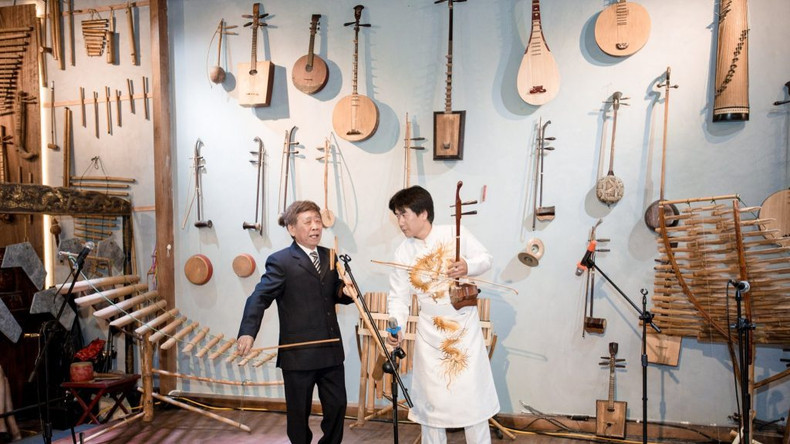
A performance of Ba Pho and his son, Ba Nha at the family's music house (Photo: baphonhacduong.com.vn)
Sharing a common passion for traditional music, Ba Pho, his wife Mai Lien and his son Ba Nha established the Ba Pho Family Music Band in 1987. The band has toured many countries and delivered songs composed by Ba Pho himself, including Binh Minh Tren Cao Nguyen (Dawn on the Plateau), Song Tu Do (A Free Life), and Ngay Mua (A Harvest Day).
Ba Pho’s Music House was established in 2019, serving as a space displaying traditional musical instruments and providing musical performances for visitors.
The music house was recently relocated to Ma May district and has quickly become a meeting venue for music lovers every Saturday.
Amid the busy atmosphere of the Hanoi Old Quarter, the charming sound of traditional musical instruments has drawn much interest from visitors. Visitors to the space are invited to enjoy music performances and listen to Ba Pho’s introduction on the origin, structure, function and typical sounds of each instrument, thus increasing their understanding and love for Vietnam’s traditional music.
Nguyen Quang Minh, a student from Long Bien district in Hanoi, joined his friends to visit Ba Pho’s Music House, where they were amazed by Ba Pho’s performance of pikhuu, a kind of bamboo flute of ethnic group in the northwest region, with his nose.
Ba Pho said that each instrument is a treasure as it represents the indigenous culture and custom of an ethnic group.
As for him, traditional culture plays an important role in nurturing the human soul, raising his social responsibility and reminding him of his roots.
Therefore, he hopes that Ba Pho’s Music House will operate as not only a musical space but also a place to preserve and promote Vietnam’s traditional arts for future generation.
Amidst the busy life when modern music is most popular, Ba Pho’s Music House is a quiet note reminding people of the treasured value of a country’s folklore music. The place has significantly contributed to popularising Vietnam’s unique musical culture amongst art lovers, particularly young people.
